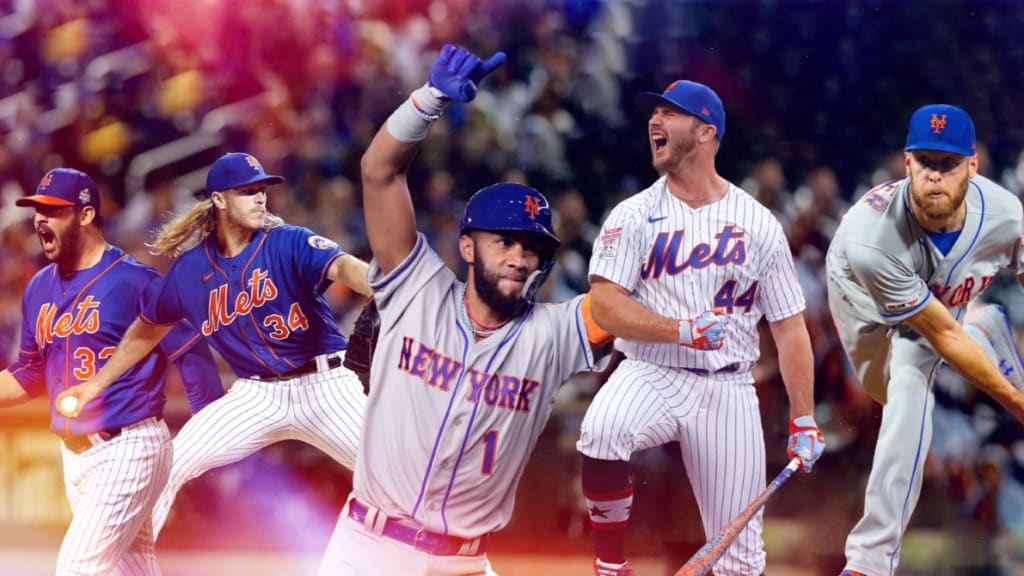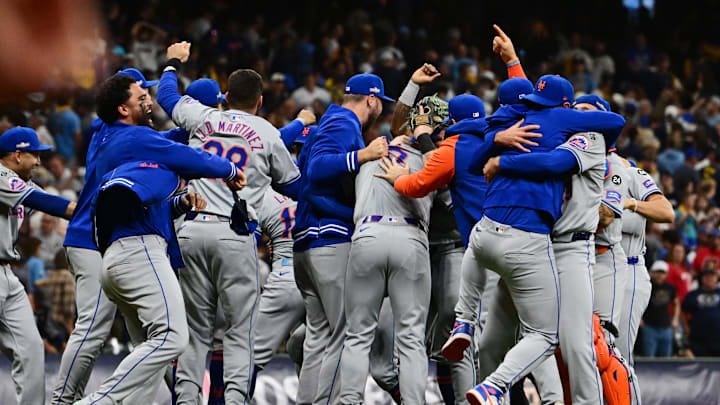CHICAGO – The silence that follows a long baseball season in Chicago has been shattered by the roar of colossal numbers: speculation is rife that the Chicago Cubs’ front office is preparing to authorize a 10-year, $350 million mega-contract to secure the services of their current superstar. This staggering financial commitment, which would instantly vault the player into the upper echelon of baseball’s highest earners, represents more than just a big-money free-agent acquisition or retention; it signifies a definitive end to the Cubs' recent rebuilding phase and a full-throated declaration of their intent to return to World Series contention.

The projected figure, averaging $35 million annually, places the slugging star in the same neighborhood as generational talents like Aaron Judge and Mike Trout. The length of the deal, extending a full decade, guarantees that the team is essentially betting its long-term competitive future on the sustained performance and health of a single player.
The Justification for a Generational Price Tag
To warrant a contract exceeding a third of a billion dollars, a player must offer more than just peak performance; they must offer a perceived guarantee of sustained excellence and transformational value. For the Cubs Superstar in question—an MVP-caliber talent known for both offensive prowess and defensive versatility—the justification centers on several key pillars:
Defensive Versatility and Excellence: The player brings a rare blend of gold-glove defense at a premium position (or multiple positions), which significantly increases their value beyond their bat alone. This defensive flexibility is crucial for maximizing roster potential over ten years.
Age and Peak Performance: At their current age, the player is entering, or firmly entrenched in, the prime years of their career. A 10-year deal secures the team's control through their most productive seasons, mitigating risk in the early and middle years of the contract.
Market Scarcity: The current free-agent market is often top-heavy. When a true difference-maker becomes available, demand—and therefore price—skyrockets. The Cubs must compete with other massive market teams, who will gladly offer a similar AAV (Average Annual Value) and term. A $350 million offer is less about valuation and more about the cost of exclusion.
Economic Stimulus: Signing a blockbuster deal of this magnitude revitalizes the fanbase and dramatically increases ticket sales, merchandise revenue, and regional sports network viewership. The economic return on investment, while difficult to quantify precisely, often justifies the immense cost for a flagship franchise like the Cubs.
The High-Stakes Risk

While the rewards are obvious—a legitimate shot at championship contention—the risks associated with any 10-year, $350 million contract are immense and have proven fatal to other franchises in the past.
The primary concern is the Age Curve. The final years of the contract will see the player well into their mid-30s, an age where most players experience a significant decline in bat speed, power, and overall athleticism. What looks like a $35 million bargain today could turn into a substantial liability five to seven years down the line, hamstringing the team’s ability to allocate funds elsewhere.
Furthermore, there is the ever-present danger of Injury Risk. A severe, career-altering injury in the early years of the deal leaves the team paying an immense sum for minimal return, permanently occupying significant payroll space that could otherwise be used to address roster weaknesses.
Finally, the Roster Inflexibility created by a single $35 million annual commitment can be restrictive. While the Cubs ownership, led by Tom Ricketts, has the resources, committing such a large chunk of the budget to one player limits their ability to build depth, address unexpected holes, or pivot quickly to emerging market trends in the sport. The organization will have zero margin for error in supplementary signings.
The Franchise's Defining Move

For the Chicago Cubs, this rumored deal is the defining strategic move of their current era. It signals the end of the patient, prospect-focused approach and marks the beginning of a win-now mandate. The move is designed to unify a fanbase hungry for sustained success after the 2016 World Series glory years faded.
A $350 million contract would not just be an investment in a player, but an investment in fan goodwill and the emotional capital of the city. Conversely, failing to secure the player, either due to a refusal to meet the price or the player choosing another club, would be viewed by the city as a profound organizational failure. It would re-ignite fan frustration and cast serious doubt on the commitment of ownership to compete with the top spenders in baseball.
As negotiations move forward, the Cubs must weigh the undeniable talent and cultural importance of their superstar against the crippling financial risk of a decade-long commitment. The $350 million price tag is the cost of buying certainty in a league defined by uncertainty. This monumental decision will shape the trajectory of the Chicago Cubs franchise for the remainder of the decade and determine whether they can transform massive spending into sustained championship glory.
0 comments:
Post a Comment